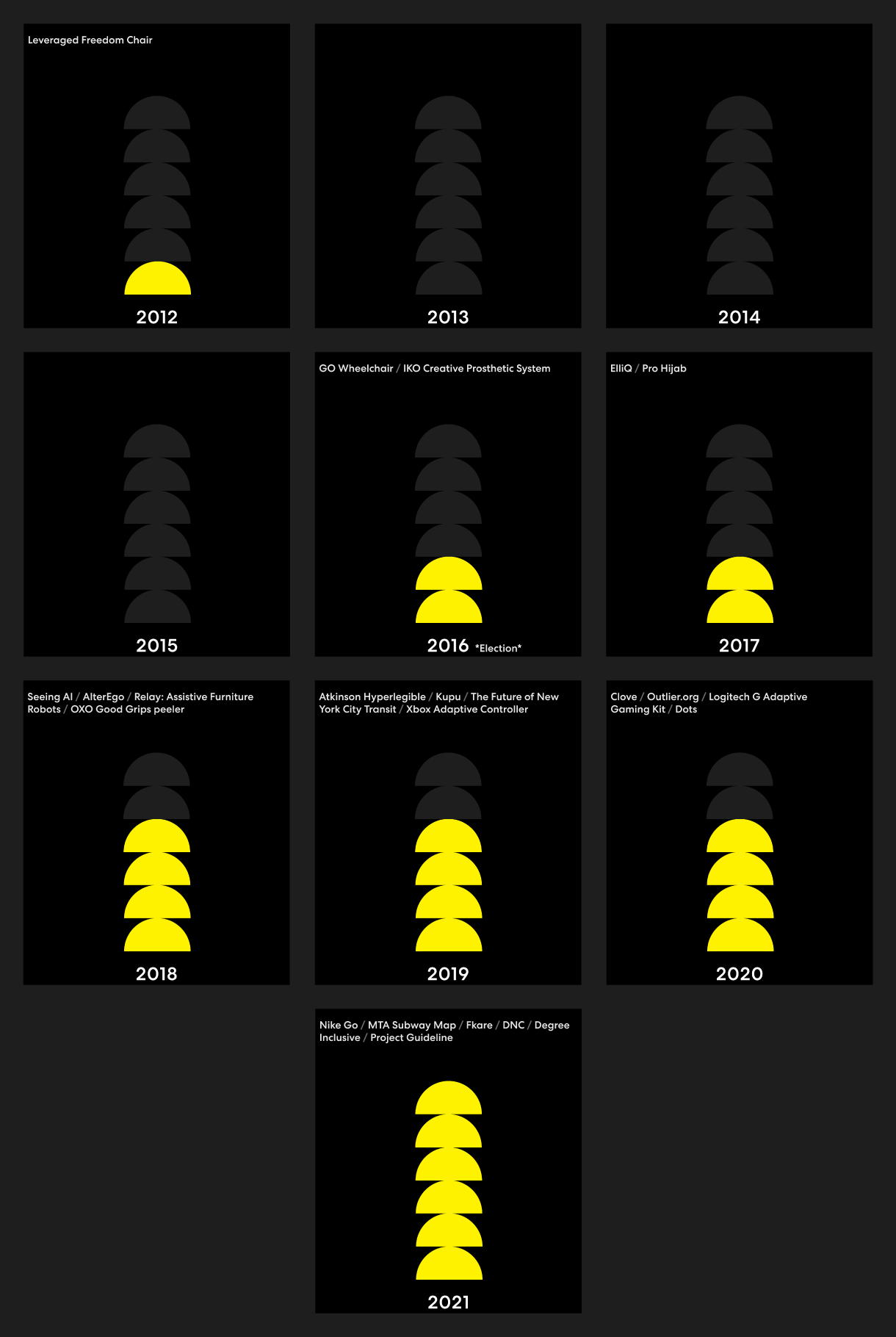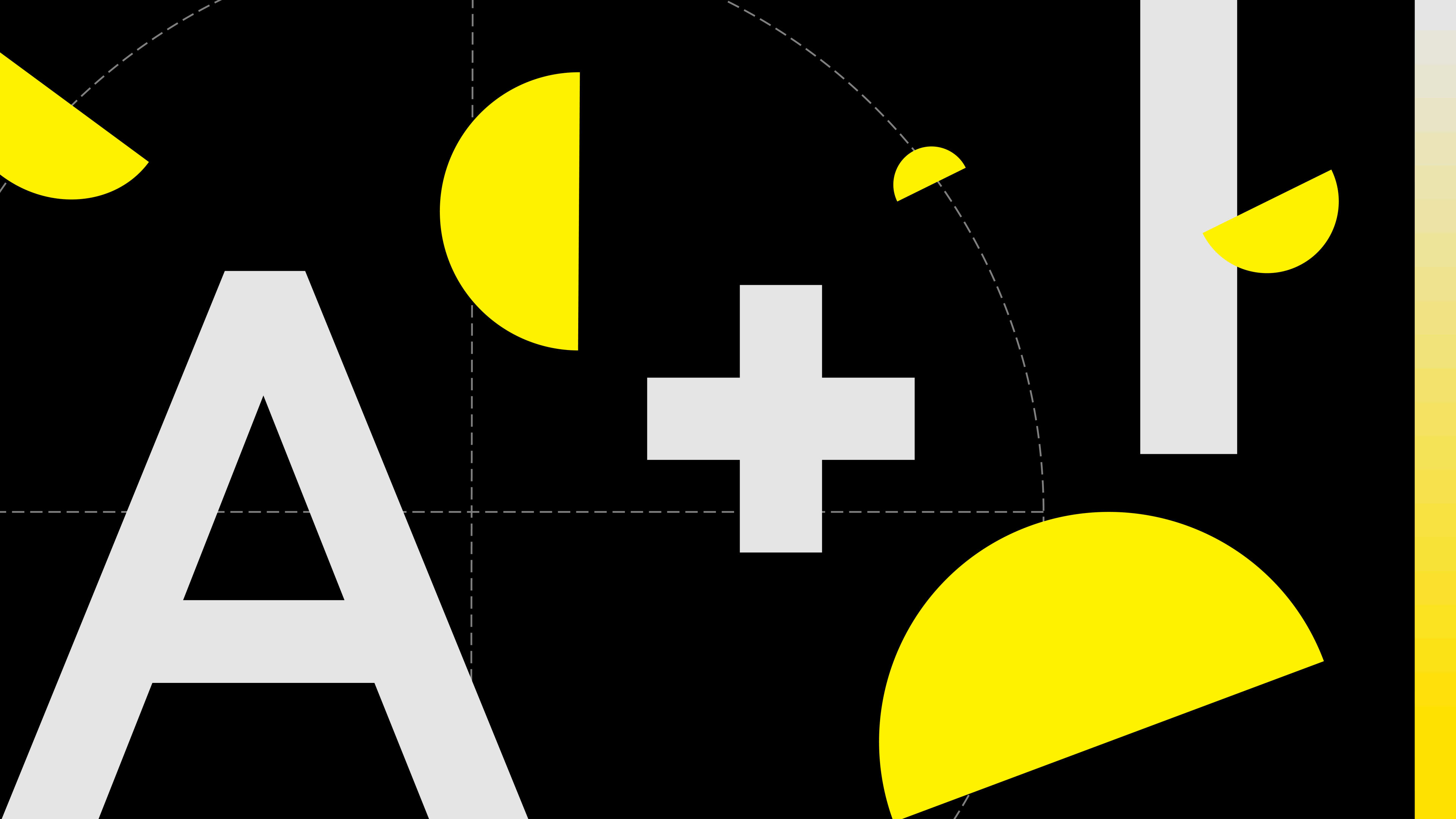In 2012, MIT’s Mobility Lab partnered with the design firm Continuum to develop a conceptual wheelchair that could navigate all terrains—sand, mud, potholes, you name it. With simple levers the rider pushes to catapult themself forward, the design won one of Fast Company’s inaugural Innovation by Design Awards, and today, the concept has evolved into a commercially available chair that users praise as the “mountain bike of wheelchairs.”
It was the competition’s first example of accessible design, the idea that design can’t just serve some mythical average user—it has to consider the needs of traditionally overlooked communities. While often invoked for people with disabilities, accessible design casts a wider net. In 2017, Nike won Innovation by Design’s top honors for the Pro Hijab, a moisture-wicking head covering conceived to make sports easier and more comfortable for Muslim women.
The Pro Hijab wasn’t just a one-off design experiment. It was smart business. Today, modest fashion is a $277 billion business, and it’s expected to grow to $311 billion by 2024.

But sometimes it can work a little too well. This year, Nike won an Innovation by Design Award for its Go Flyease shoe, the first sneaker you can slip on without bending over or using your hands. Intended for people who have trouble tying laces—like someone with Parkinson’s or arthritis—the shoe has been wildly popular among sneakerheads and sold out at launch, sparking criticism from people with disabilities who weren’t able to get their hands on a pair. The lesson to anyone looking to dip their toe in inclusive design: Design for edge cases, but prepare for a mainstream onslaught.
See more from Fast Company’s 2021 Innovation by Design Awards. Our new book, Fast Company Innovation by Design: Creative Ideas That Transform the Way We Live and Work (Abrams, 2021), is on sale now.
Recognize your brand’s excellence by applying to this year’s Brands That Matter Awards before the early-rate deadline, May 3.
